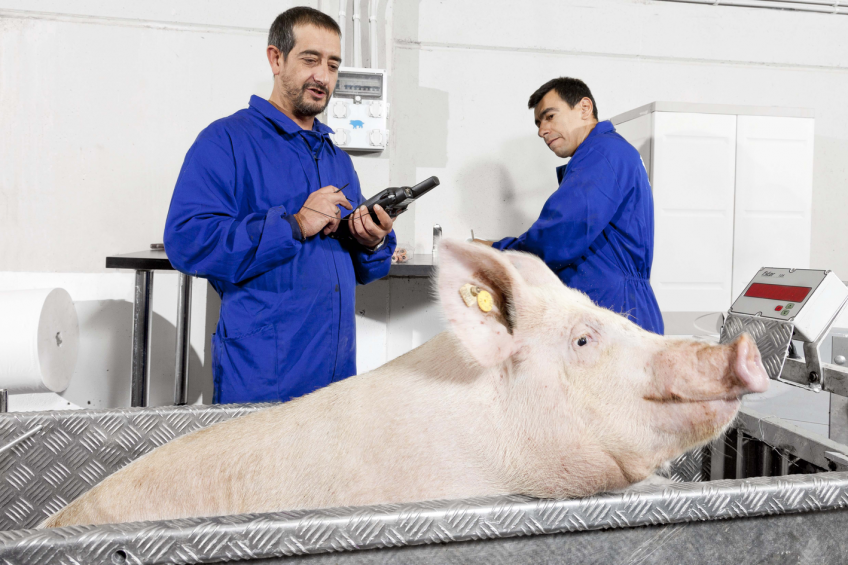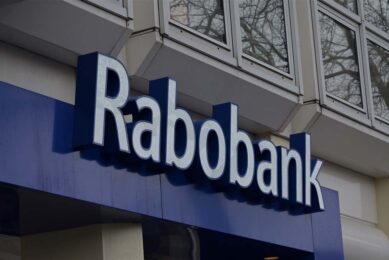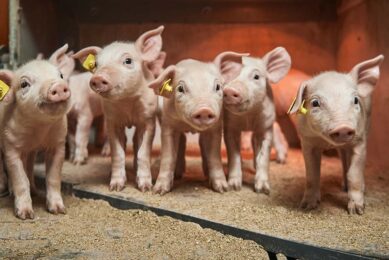Mapping the pig genome using SNPs

Many metaphors can be used when exploring the porcine genome. Is it a long road which needs signs, a forest with a tremendous amount of trees or a large haystack in which needles need to be found? A ‘Quick-SNP’ approach helps.
By Vincent ter Beek
The paradox of analysing ever more and deeper is also that there is more to understand. If there is one area in pig production in which this paradox has become apparent, it must be the area of genetics. With techniques having developed rapidly over the recent years, it has become possible to dissect and identify the entire porcine genome right up to base pair level. This resulted in a seemingly infinite string of A matching with C and G matching with T – in total three billion base pairs (Figure 1).
Good luck making sense of that! Key to further understanding the amount of information is the notion that each and every pig in the world would look identical if all had the same string of base pairs. Except for identical twins, however, no pig is identical to the other, and this is reflected on a genetic level, as genetically, pigs are usually ‘only’ for 90-95% identical to each other. On the other 5-10% of locations on the pig genome, differences in base pairs can be found. These variations in the (pig) genome are known as Single Nucleotide Polymorphisms (SNPs), causing the different phenotypes (Figure 2).
Using and locating SNPs has narrowed down the search to what is important. Dr Abe Huisman, director R&D at Hypor, part of Hendrix Genetics, indicates that this is only half the work. He says: “We are still talking about 10-20 million possible locations in the genome where we can see different forms of expression.”
Zooming in on SNPs, the ‘haystack’ was made smaller in 2009, when the first commercial pig breed chip was made. This contained the combined material of different kinds of pig breeds. Huisman says, “This way we could see which SNPs show up in the vast majority of all pig breeds. We counted about 60,000 of them.”
Huisman has been one of the driving forces behind the Hendrix Genetics
project ‘Quick-SNP’, which has been designed exactly to help pig breeding customers find a series of needles in the haystack. He says, “We have been working on this project for several years now. Not every SNP is as important. Some variations may not be important at all, others are at irrelevant locations in the genome, whereas others again are close to crucial genes and may contain a lot of information. Remember that one particular SNP may contain more information than a thousand others.”
Following this line of thought, the company’s scientists set to work, summing up the traits considered paramount for successful pork production. On the basis of these, the 100 most relevant SNPs in the pig genome were identified. Huisman says, “Think of valuable elements as backfat thickness, muscle tissue, carcass quality, feed conversion ratio, reproduction, growth, disease resistance as well as boar taint. As for boar taint we are still measuring results, but since our boars are so lean it is difficult to find any positive (i.e. tainted) carcasses at all.”
Advantages
Having thus ‘mapped’ the pig’s DNA using the most important SNPs, this knowledge can help in two ways – for identification and selection purposes.
Huisman points to aquaculture to explain how to understand the identification principle. He says, “In our salmon division we only use this technique for determining which fish are the offspring of which parents. These eggs are usually being fertilised by adding sperm to a pond of eggs. We usually take a DNA sample of each individual, and this way we reconstruct its descent, working backwards.”
He says, “Similarly, it is possible to offer an extra control to the descent of the pigs, as the DNA of each breeding pig is recorded and stored. Call it an additional quality check. Imagine there is a boar failing to match the intended breeding values. The Quick-SNP can help to figure out what happened, where may things have gone wrong.”
He continues, “Often this happens when e.g. the moment of inseminating was not correct, or when too many animals were replaced during cross-fostering.”
Selection
The quick SNP also helps breeding companies in selecting the characteristics in the further process, for instance if they’d like to aim for certain traits in their F1 animals. However, most of the SNP on the Quick-SNP panel are associated with traits we have not been routinely measuring, either because the traits are very expensive to measure or have a detrimental effect on the animal, i.e. if one has to kill an animal to measure carcass traits, or one has to infect an animal with a pathogen to measure disease resistance or resilience, then this animal cannot be used for breeding anymore. The genotypes derived from the Quick-SNP will allow for a more precise selection of those animals that pass on the desired characteristics to their offspring.
Huisman takes back fat as an example, see also Figure 3. He says, “There is a SNP which shows a clear difference between two genotypes. Let’s call them AA and BB, with AB of course also being an option. There is minimal 1 mm of difference between AA and BB. Should you use a boar which has ‘B’, you know the result in the offspring is going to be at least 0.5 mm lower. Knowing what causes this, means that we can steer better.”
Although the SNP approach is a step forward, Huisman warns about get over-excited about these latest selection possibilities. He says, “It will never be possible to create a 100% match, an animal that is good for all traits. If only we’d reach 25%, or perhaps half, then I’d be very content. Perfect animals do not exist; there is always room for improvement. If they did, we could stop doing our work.” PP
 Beheer
Beheer








 WP Admin
WP Admin  Bewerk bericht
Bewerk bericht